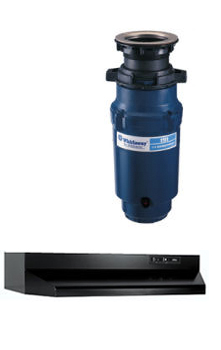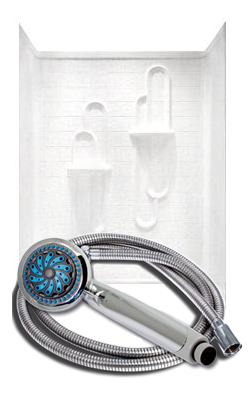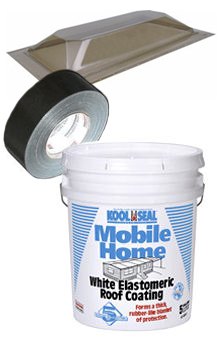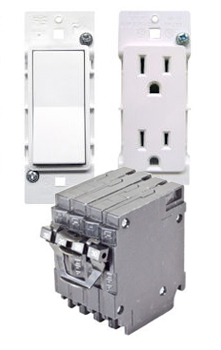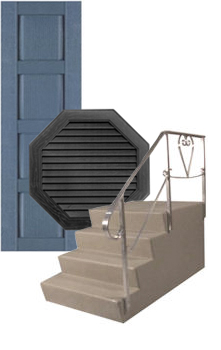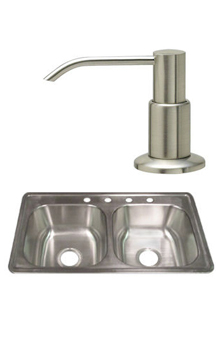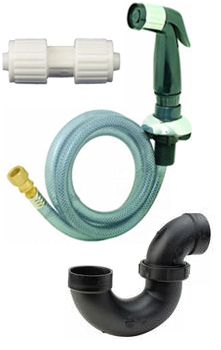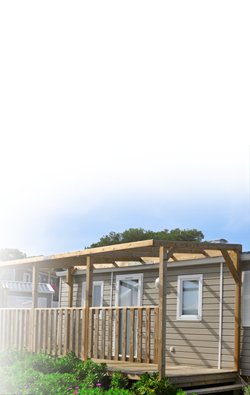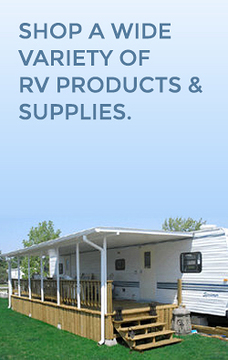
For years, galvanized metal was the go-to choice for mobile home skirting. But let’s be honest, that plain gray look wasn’t winning any beauty contests. As vinyl skirting came onto the scene, it quickly took over as the popular choice—and for good reason! Not only does it give your home a polished look, but it also protects the underside from weather, pests, and debris. In this guide, we’ll walk you through how to install Deluxe Vinyl Skirting from Mobile Home Parts Store. Whether you’re a first-time DIYer or a seasoned pro, we’ve got you covered with easy steps to get the job done right.
Step-by-Step Installation Process
Before you get started, make sure to gather all your tools and materials. Having everything handy will save you time and keep the process smooth. You don’t want to be running back and forth for parts!
Here’s what you’ll need:
- Hammer
- Measuring tape
- Chalk line
- Tin snips or aviation snips
- Snap lock punch tool
- Level
- Ground spikes (to secure the bottom rail)
- Screws or nails (for the back rail)
Step 1: Prepare the Site
First things first, clear the area around the base of your home. Get rid of any plants, rocks, or debris that could be in the way. For extra protection against weeds or grass growing too close to your skirting, it’s a good idea to install metal roof flashing around the perimeter—about six to eight inches out should do the trick.
Step 2: Attach the Back Rail
Start by positioning the back rail just under the bottom edge of your mobile home. This rail is essential for holding your skirting panels in place.
- Align the Rail: Snap a chalk line all the way around the home at the height you want the top of the rail to sit. This will keep your rail straight and level.
- Secure the Rail: Beginning at the back of the home, secure the back rail with screws or nails, leaving a 1/16″ gap for expansion. Don’t over-tighten—you’ll want to leave some wiggle room for the material to expand and contract.
- Leave Space for Expansion: Make sure to leave a 1/2″ gap between sections of the back rail to allow for expansion as temperatures change. This will help prevent warping down the road.
Step 3: Install the Bottom Rail
Next up, the bottom rail! This step helps keep your skirting secure at ground level.
- Prepare the Ground: Smooth out the area to make sure the rail sits evenly. If you’re working with freshly dug soil, it might be helpful to use treated 2″x2″ lumber under the bottom rail for some added stability.
- Mark the Bottom Rail Location: Use a plumb bob or level to mark the points directly below your back rail. Then, snap a chalk line between these points to guide the installation.
- Install the Bottom Rail: Position the bottom rail just inside the chalk line, and anchor it securely by driving ground spikes every 19 inches through the pre-drilled holes.
If you’re working on concrete, use masonry nails or molly screws to fasten the bottom rail instead.
Step 4: Install the Panels
Now it’s time to measure, cut, and install your skirting panels!
- Measure and Cut: Measure the distance from the ground to about 1 1/2 inches above the back rail. If your ground isn’t level, take measurements every 16 inches to ensure each panel fits perfectly.
- Cut to Fit: Use tin snips to cut the panels at the correct angle for any slopes. Be sure each panel sits square against the bottom of your home.
- Snap Lock Tabs: Use a Snap Lock Punch Tool to punch lock tabs along the top and bottom edges of each panel. These tabs will help lock the panels into the rails.
- Interlock Panels: Start by inserting the first panel into the bottom rail, making sure to interlock the tabs. Continue adding panels, ensuring that each one snaps securely into place.
Step 5: Attach the Top Front Rail
Now it’s time to secure the top rail.
- Interlock the Rails: Snap the front top rail into the back top rail, pressing upward to lock it into place along the entire length.
- Overlap Rails: Where two sections meet, overlap the rails by 1 inch to ensure a stable, clean finish.
Step 6: Install the Corners
Corners can be tricky, but with a little patience, you’ll get it just right.
- Cut and Bend Rails: Use tin snips to notch and bend both the back and bottom rails around the corners. This will allow them to flex without losing their structure.
- Corner Panels: Cut your corner panels to the correct height and gently bend them over the edge of a table to form a clean, even angle.
- Install Corner Rails: Notch the top front rail hooks to fit around the corner, making sure everything locks securely into place with the back rail.
Additional Tips for a Successful Installation
- Vented Panels: If moisture is a concern, consider adding vented panels to allow for proper airflow. This helps prevent moisture buildup and damage.
- Maintenance: To keep your skirting looking sharp, give it a good cleaning every now and then with soap and water. Avoid harsh chemicals or paint, as these can void your warranty.
- Protection: Use metal roof flashing to prevent grass or weeds from creeping up on your skirting, and avoid letting lawn trimmers come into contact with it, as this can cause damage.
Don’t Skirt Around Quality
That’s it! You’re all done. Step back and admire the fresh, clean look of your home. Not only does metal skirting give your home a stylish boost, but it also offers long-term durability and insulation that’ll make a noticeable difference in comfort and energy savings.
And remember, whether you’re starting a new project or maintaining your mobile home, Mobile Home Parts Store has all the supplies you need to get the job done right. From skirting materials to essential tools, we’re here to help make your next home improvement project a success. Happy building!
Editor’s Note: This article was updated on October 11th, 2024 to provide clearer installation instructions and additional tips for mobile home skirting. We aim to keep our guides accurate and helpful, so readers can tackle their home improvement projects with confidence!
Tags: diy, how to, mobile home skirting


